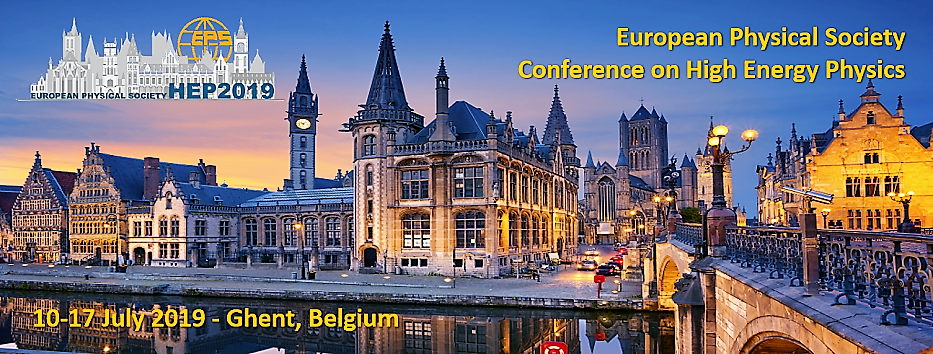Speaker
Description
The atmospheric neutrino flux represents a continuous source that can be exploited to infer properties about Cosmic Rays and neutrino oscillation physics. The JUNO observatory, a 20 kt liquid scintillator currently under construction in China, will be able to detect the atmospheric flux, given the large fiducial volume and the excellent energy resolution. The light produced in neutrino interactions will be collected by a double-system of photosensors: 18.000 x 20" PMTs and 25.000 x 3" PMTs. The rock overburden above the experimental hall is around 700 m and the experiment is expected to start the data-taking in 2021.
In this study, a sample of Monte Carlo events has been generated from theoretical models of the atmospheric neutrino flux, through the Genie software. To evaluate the JUNO performances, the events have been processed by a full Geant4 - based simulation, which propagates all the particles and the light inside the detector. The different time evolution of light on the PMTs allows to discriminate the flavor of the primary neutrinos. To reconstruct the time pattern of events, the signals from 3" PMTs only have been used, because of the small time resolution. A probabilistic unfolding method has been used, in order to infer the primary neutrino energy spectrum by looking at the detector output. JUNO will be particularly sensitive in the energy range (100-1000) MeV, where neutrino-induced events can be fully contained within the instrumented volume.




